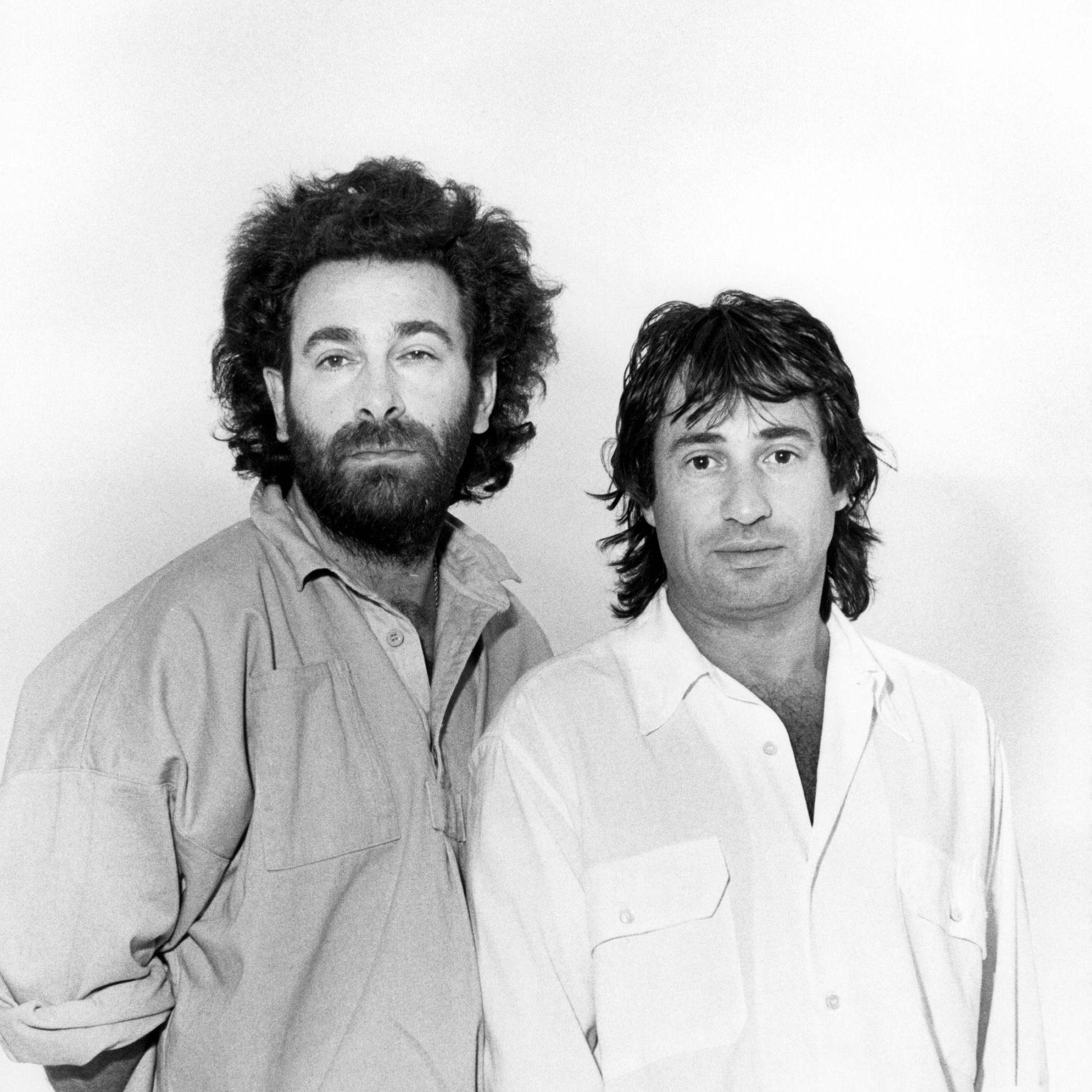Introduction
"I'm Not in Love" by Godley & Creme, released in the 1970s, is a quintessential track that showcases the unique soundscapes of the era. Known for its lush harmonies and innovative production techniques, this song stands as a testament to the creative spirit of the decade.
Production & Sound
Recorded during a time when analog warmth was highly prized, "I'm Not in Love" features a groundbreaking use of multi-tracked vocals. The band meticulously layered their voices to create a choral effect that was both ethereal and expansive. This production choice set the track apart, providing a rich auditory experience that was both intimate and grand.
Cultural Impact
Upon its release, the track resonated deeply with audiences, capturing the emotional complexity of love and detachment. It became a staple on radio playlists and has since been covered by numerous artists, including a notable version by 10cc, which brought a new dimension to its haunting melody. The song's ability to evoke emotion has ensured its place in popular culture.
Modern Legacy
Decades later, "I'm Not in Love" continues to influence artists across genres. Its innovative use of studio technology and emotional depth make it a favorite among musicians and producers. The track's enduring appeal lies in its timeless exploration of love's complexities, making it as relevant today as it was in the 1970s.





Comments (0)